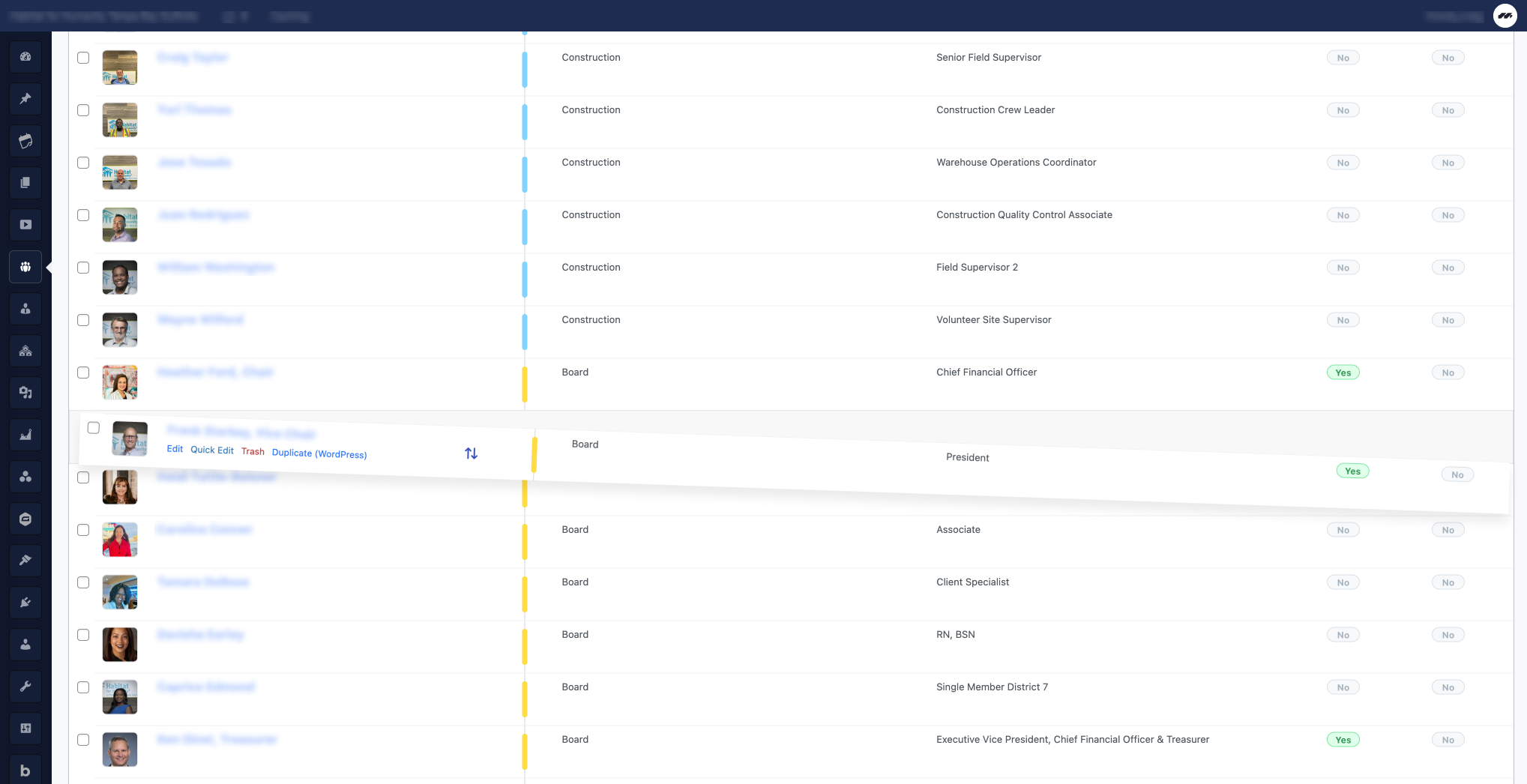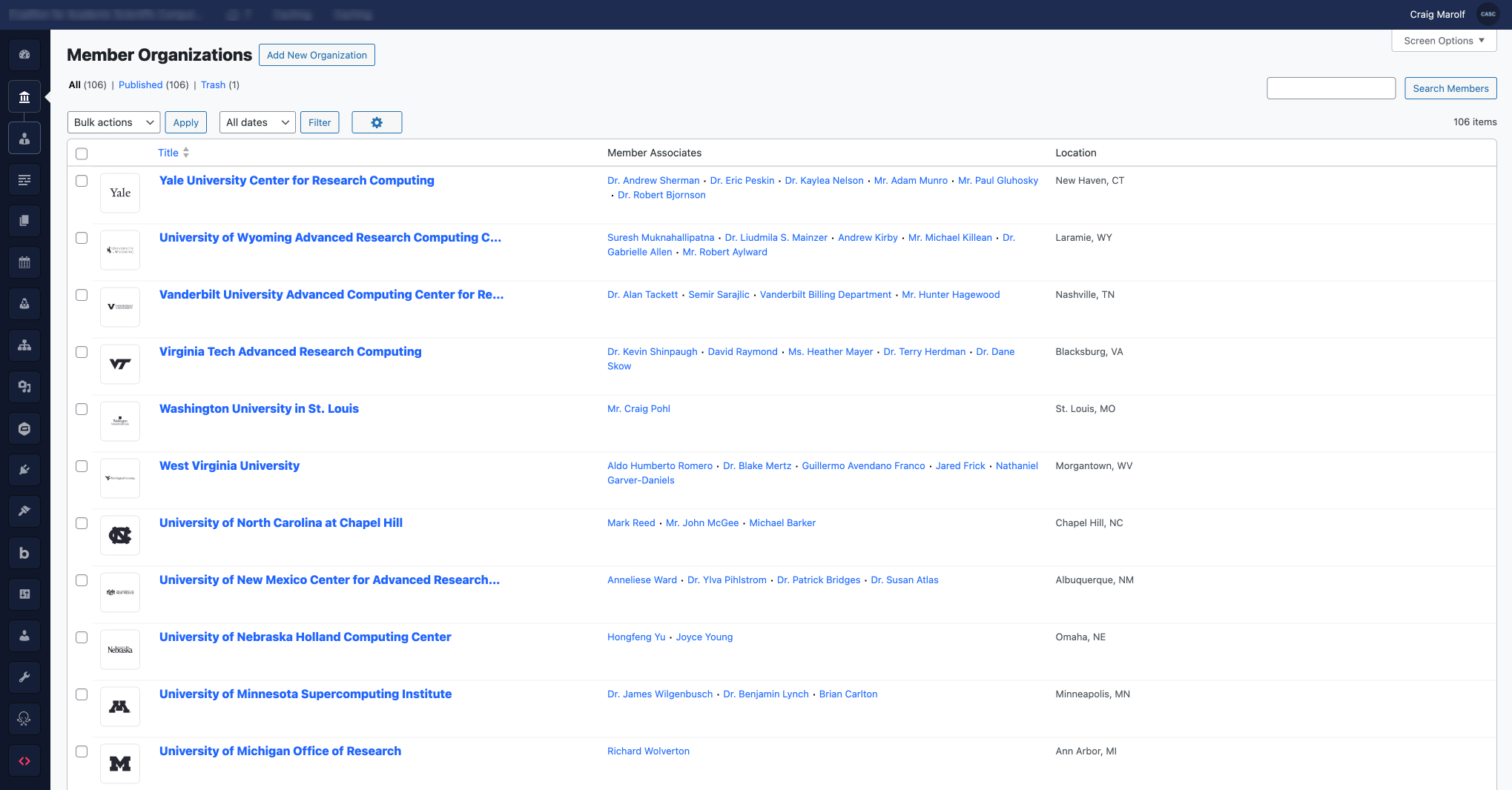Easy improvements to create a better user experience for WordPress users
WordPress, famously, has largely kept the backend of WordPress the same since dinosaurs roamed the earth. Sure, there have been some accessibility improvements and they’ve slapped the Gutenberg editor onto pages and posts despite the community’s clear objections, but for the most part, the user experience for WordPress admins has remained relatively untouched.
To be fair, it’s a decent user experience and there’s an argument to be made for not fixing things that aren’t broken. But just because something isn’t broken doesn’t mean it can’t be made better. I spend a fair portion of my life looking at the back end of WordPress. I’ve tried different admin themes, all of which I believe do too much and create necessary potential for breaking updates. Years ago, I settled on making my own enhancements by enqueuing a stylesheet for wp-admin and using one plugin to get done what I believe is needed to vastly improve the user experience.
Admin Columns Plugin
Of course, you can modify admin columns using the theme’s functions.php, but I find that modifying admin columns to be complex enough to justify the plugin, even for advanced users. There is a free version and a pro version but everything accomplished and displayed in this post is using the free version. The pro version has some additional features built in for Advanced Custom Fields (ACF) but you can still access the custom fields in the Admin Columns user interface by selecting “custom field” instead of “Advanced Custom Field” under Field Type.
Improving the Posts for a Staff/Employee/Team custom post type
Custom post types (CPT) have a pretty bare bones display when added. ACF and ACF Pro make it pretty easy to get the CPT up and functional but doesn’t offer much in the way of displaying them, especially within the post list table. Here’s an example of a staff CPT post list UX improvement using just Admin Columns and custom CSS.
- Featured Image (also the staff member headshot) was added to the post list in the first column, followed by the staff member’s name.
- The CPT has custom fields Position Type and Job Position, which are displayed next. These are pretty standard.
- The Executive Committee and Speakers Bureau custom fields are True/False fields which but with a modified standard green checkmark and red x-mark converted to a more modern Yes/No.
- A note was added above the table and filters as a tip for managing the order of the staff (which can be dragged and dropped). The staff members are organized by position type in their own grouped query loops on the frontend but managed collectively on the backend. The color grouping in the note references the color bars below. This is a simple visual aid tied to the position type field where each position type has it’s own color.


Improving the Posts for Directory Organization and Affiliate Members
When working with more complex information it’s more important than ever to ensure the website admin’s end-users (in this case, the client organization and their staff members) have a good understanding of the information they’re managing. This will reduce the need for support and promote efficiency within their own operation.
The screenshots below depict the first phase of a member directory or universities and the members of each university associated with the membership (usually 2-6 individuals).
- Featured Image (the university logo or the individual headshot, depicted below with placeholders) was added to the post list in the first column, followed by the member organization or individual name.
- The member associates are displayed alongside the organization, and vice versa.
- Additional information is displayed as required.


Improving the Posts list for SEO Management
Here’s an example of how we can create a better experience for post management with a focus on SEO. Using admin columns, we add the featured image, remove the author (as there is only one author is not relevant for this particular blog), and provide a better snapshot of the SEO title, description, score, and keyword which by extracting the custom fields from Rank Math.
This allows the website owner, also the blogger, to go in and see what needs work without having to click into posts.






